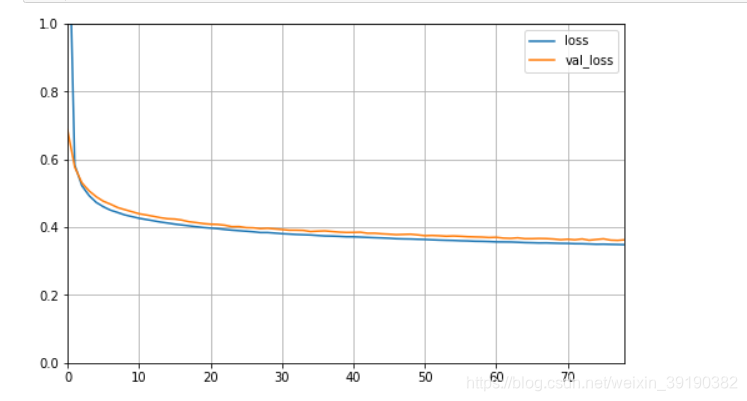every blog every motto: In the end, it’s not the years in your life that count. It’s the life in your years.
0. 前言
用skleran 封装keras模型
1. 代码部分
1. 导入模块
import matplotlib as mpl
import matplotlib.pyplot as plt
%matplotlib inline
import numpy as np
import sklearn
import pandas as pd
import os
import sys
import time
import tensorflow as tf
from tensorflow import keras
print(tf.__version__)
print(sys.version_info)
for module in mpl,np,pd,sklearn,tf,keras:
print(module.__name__,module.__version__)

2. 读取数据
from sklearn.datasets import fetch_california_housing
# 房价预测
housing = fetch_california_housing()
print(housing.DESCR)
print(housing.data.shape)
print(housing.target.shape)
3. 划分样本
# 划分样本
from sklearn.model_selection import train_test_split
x_train_all,x_test,y_train_all,y_test = train_test_split(housing.data,housing.target,random_state=7)
x_train,x_valid,y_train,y_valid = train_test_split(x_train_all,y_train_all,random_state=11)
print(x_train.shape,y_train.shape)
print(x_valid.shape,y_valid.shape)
print(x_test.shape,y_test.shape)

4. 数据归一化
# 归一化
from sklearn.preprocessing import StandardScaler
scaler = StandardScaler()
x_train_scaled = scaler.fit_transform(x_train)
x_valid_scaled = scaler.transform(x_valid)
x_test_scaled = scaler.transform(x_test)
5. 构建模型及训练
RandomizedSearchCV
步骤:
- 转换为sklearn的model(本节实现)
- 定义参数集合(下一节实现)
- 搜索参数(后续实现)
# RandomizedSearchCV
# 步骤
# 1. 转换为sklearn的model
# 2. 定义参数集合
# 3. 搜索参数
def build_model(hidden_layers=1,layer_size=30,learning_rate=3e-3):
model = keras.models.Sequential()
model.add(keras.layers.Dense(layer_size,activation='relu',input_shape=x_train.shape[1:]))
for _ in range(hidden_layers - 1):
model.add(keras.layers.Dense(layer_size,activation='relu'))
model.add(keras.layers.Dense(1))
optimizer = keras.optimizers.SGD(learning_rate)
model.compile(loss="mse",optimizer=optimizer)
return model
# 转成sklearn model
sklearn_model = keras.wrappers.scikit_learn.KerasRegressor(build_model)
# 回调函数
callbacks = [keras.callbacks.EarlyStopping(patience=5,min_delta=1e-3)]
# 训练
history = sklearn_model.fit(x_train_scaled,y_train,epochs=100,validation_data=(x_valid_scaled,y_valid),callbacks=callbacks)
6. 学习曲线
# 学习曲线
def plot_learning_curves(history):
pd.DataFrame(history.history).plot(figsize=(8,5))
plt.grid(True)
plt.gca().set_ylim(0,1)
plt.show()
plot_learning_curves(history)

